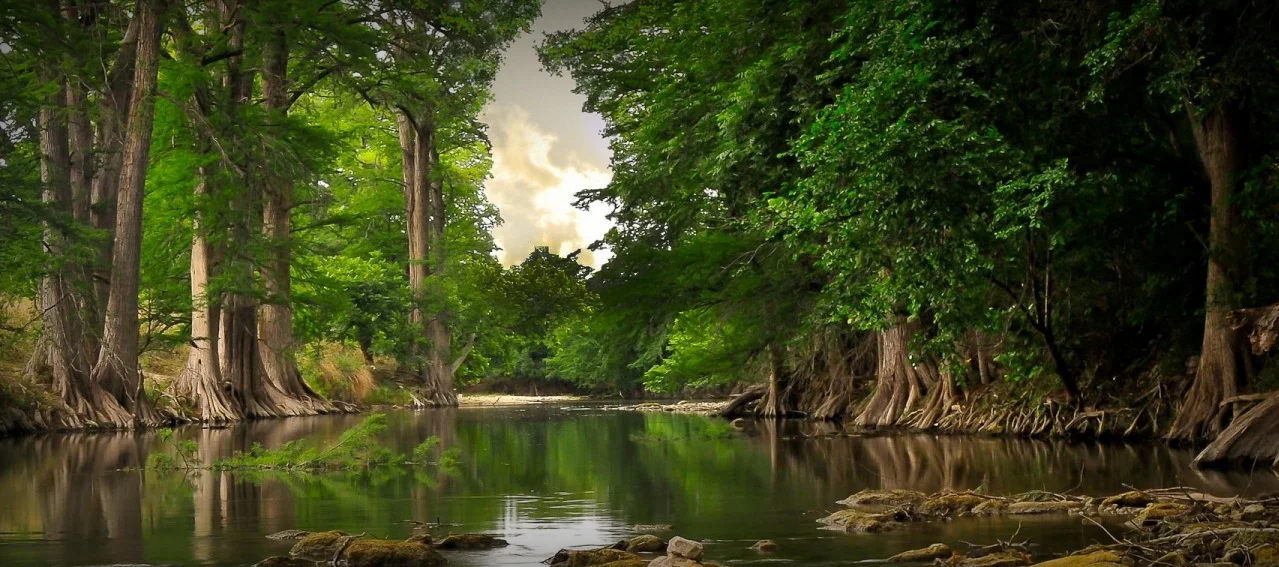Emerald Ash Borer in Minneapolis: What to Know
/A devastating bug has swept into the Twin Cities and it threatens to put all of the region's ash trees in jeopardy. The emerald ash borer has been macerating the foliage of local trees and destroying their bark.
What is the Emerald Ash Borer?
The emerald ash borer – or Agrilus Plannipennis – is a shiny green beetle that hails from Southeast Asia. It is often called a 'jewel beetle' due to its gemstone-like exterior. While it may look pretty, the emerald ash borer has been responsible for the devastation of vast swathes of these trees.
The adult beetles chew away at the leaves of the trees, causing visible damage to their foliage, which becomes yellow and raggedy. The larvae also burrow into the bark of the tree and ruin it.
It is the larvae that do the real damage. They disrupt the tree trunk's ability to transport water and nutrients, quickly killing the tree. Once a tree is infested with these beetles, its chance of survival is extremely low.
In 2010, emerald ash borer was found in Minneapolis.
Minnesota residents may remember the way in which Dutch elm disease (DED) wiped out elm trees in both the US and Europe. Many fear that the beautiful and historic trees that line the streets and grace the public parks of Minnesota could meet a similar fate.
What is being done about the threat from the emerald ash borer?
Officials in the Twin Cities have created a strategy to halt the invasion of the emerald ash borer. All of the ash trees on public land in Minnesota were catalogued. There are roughly 1,000 trees in the catalog. The trees were then inspected for quality. 500 of them were found to be "good" quality, while the other 500 were labeled as being "low" in quality.
The low quality trees will eventually be replaced with trees of a different species. The high quality trees will be treated with an insecticide designed to halt an infestation by emerald ash borer beetles. Trees on private land are deemed to be the responsibility of the landowner.
Minneapolis officials have set down a three year time frame for the completion of this plan. As a result, the overall quality of tree life in Minnesota should improve. Poor quality trees will be replaced by better flourishing ones from other species and good quality trees will be preserved for future generations.

